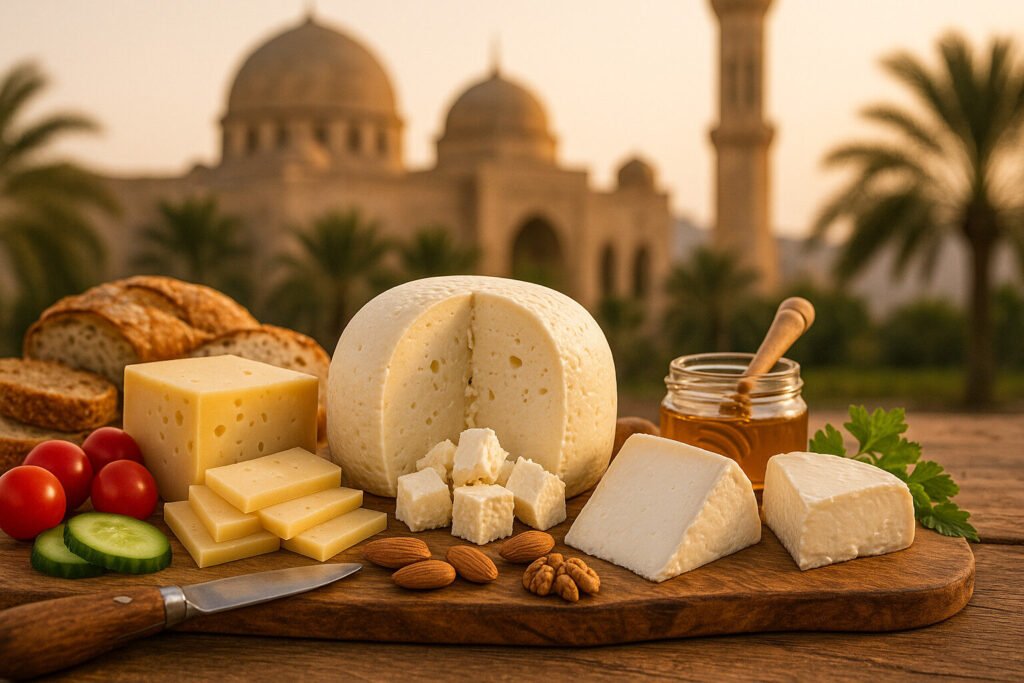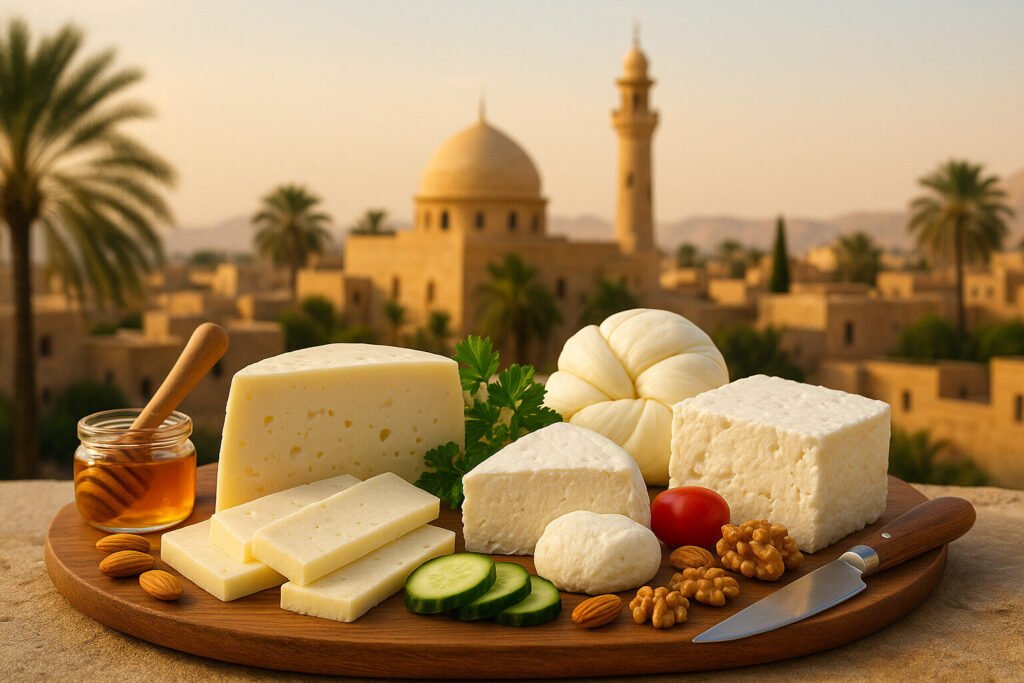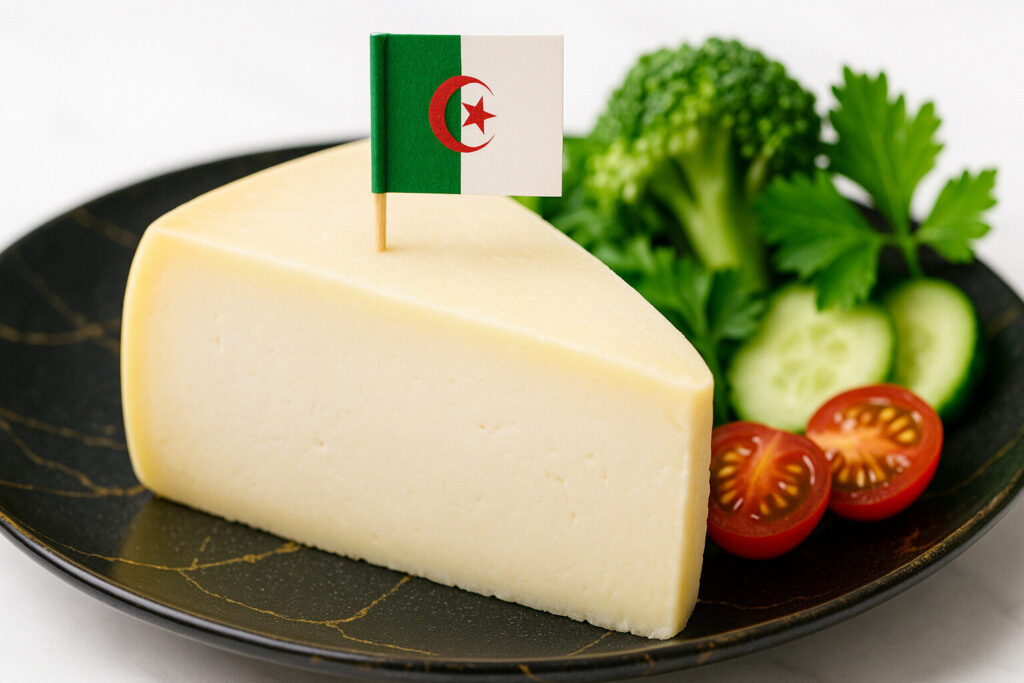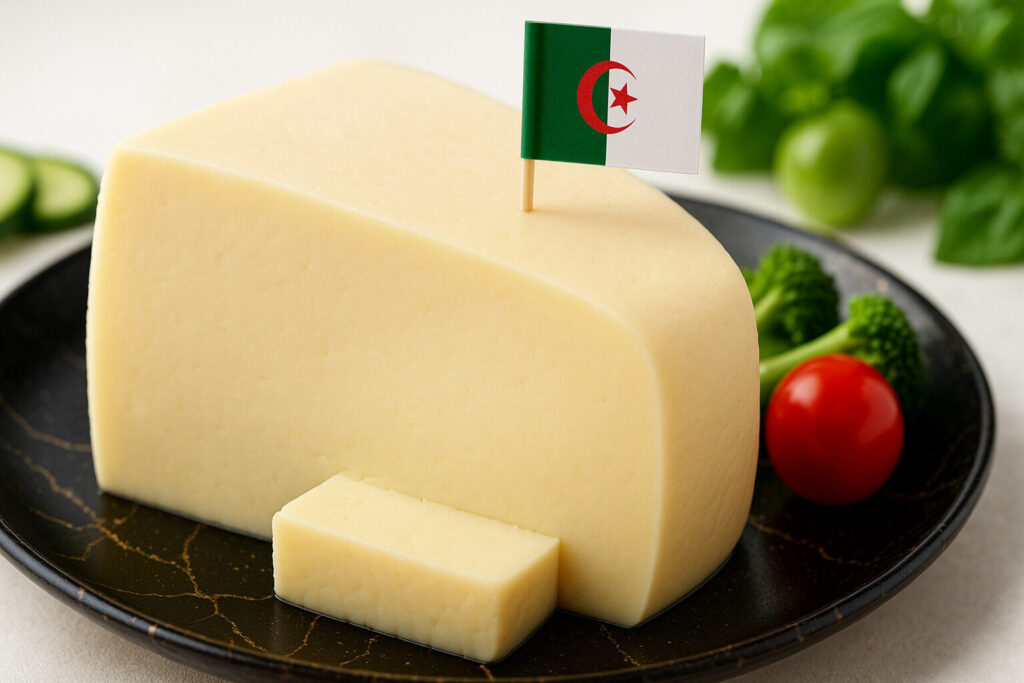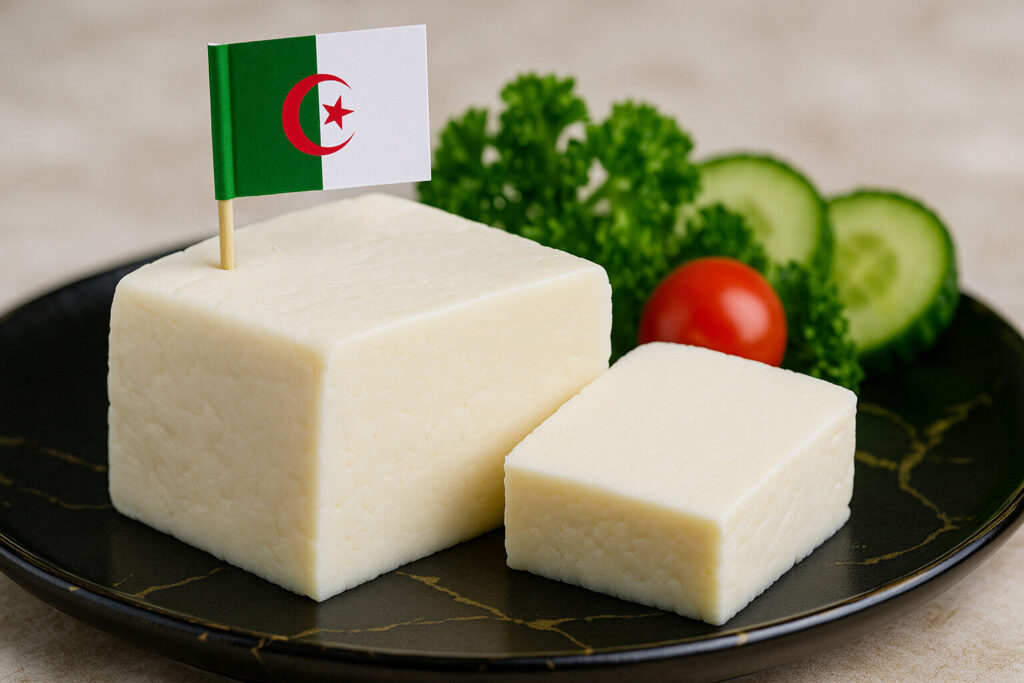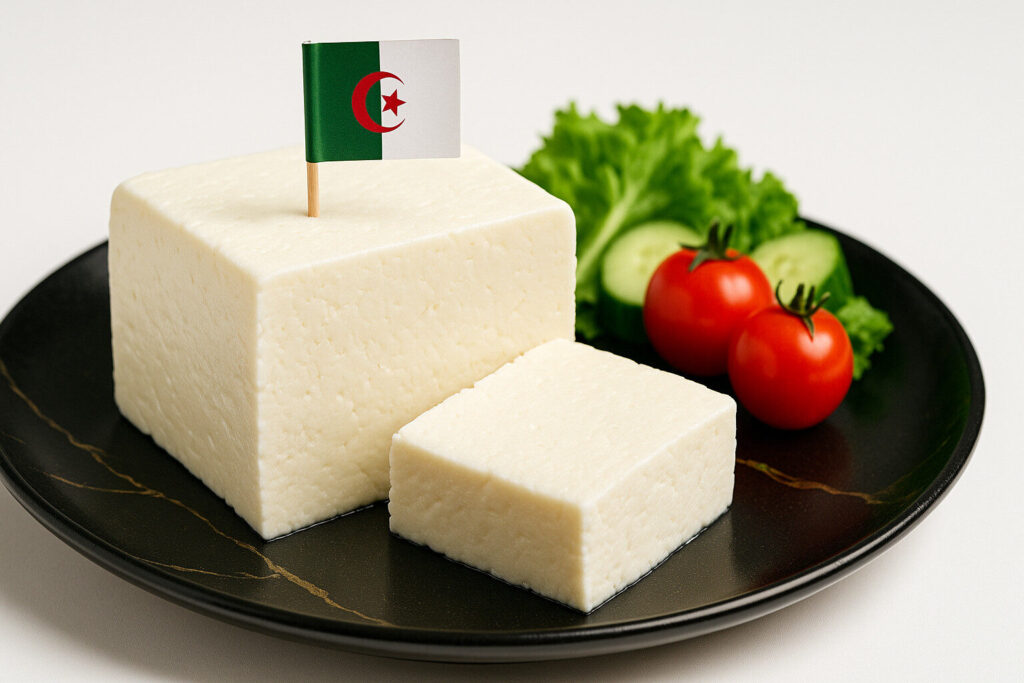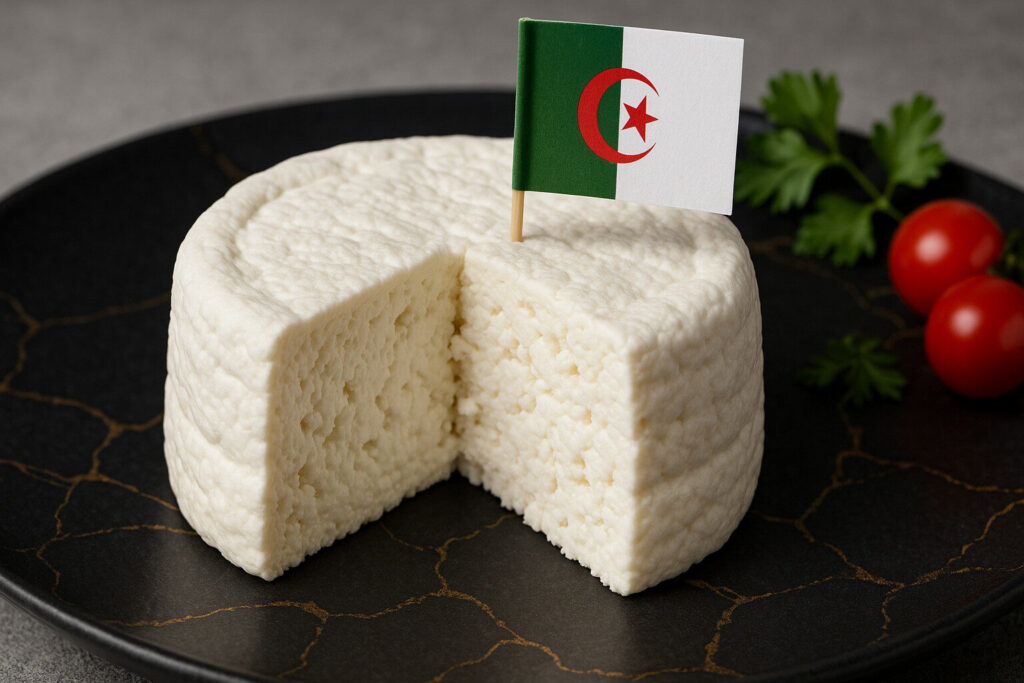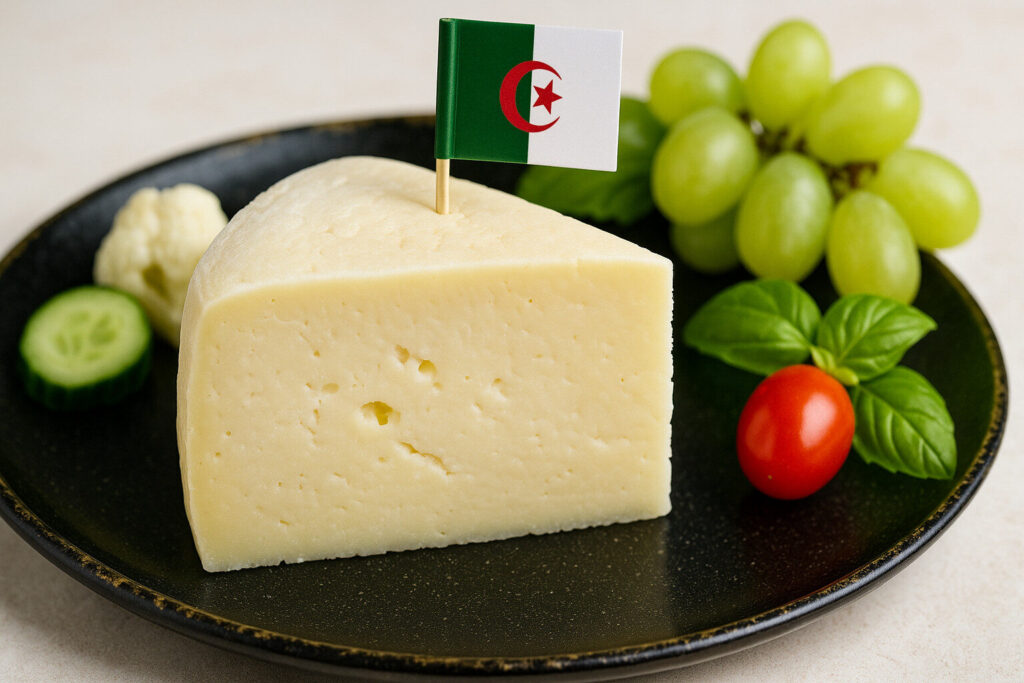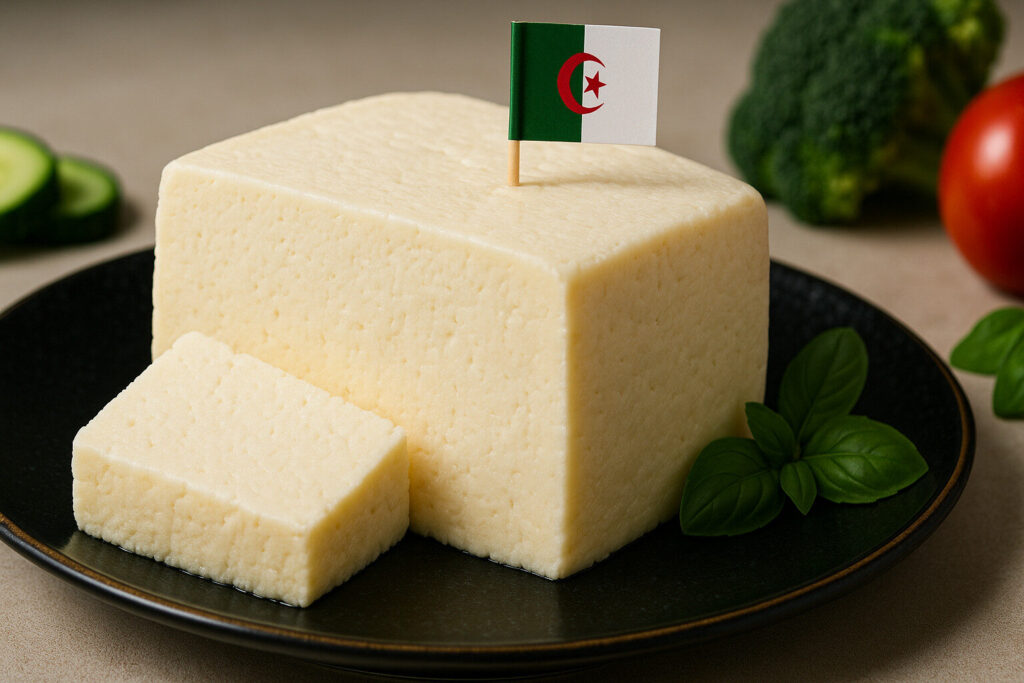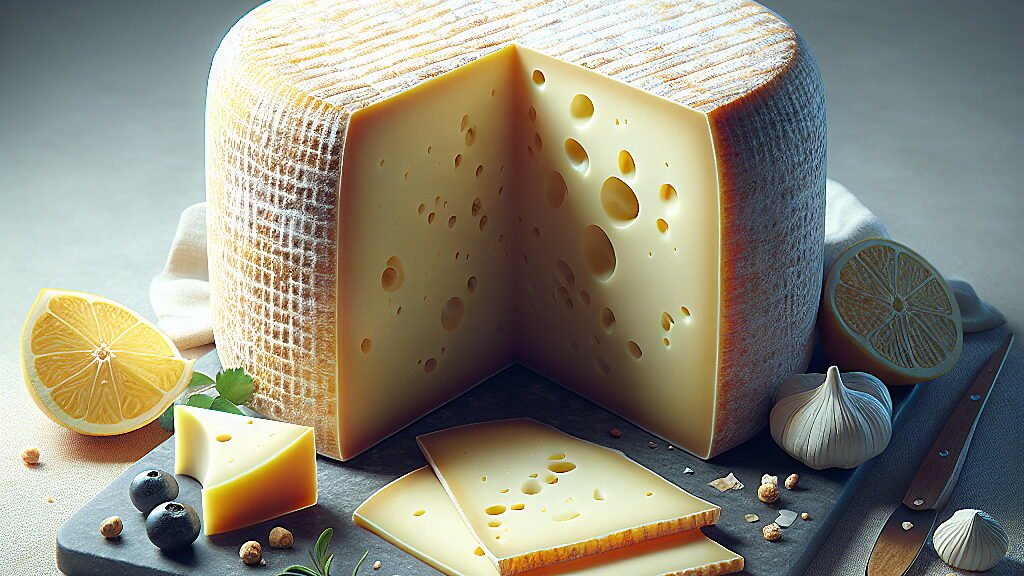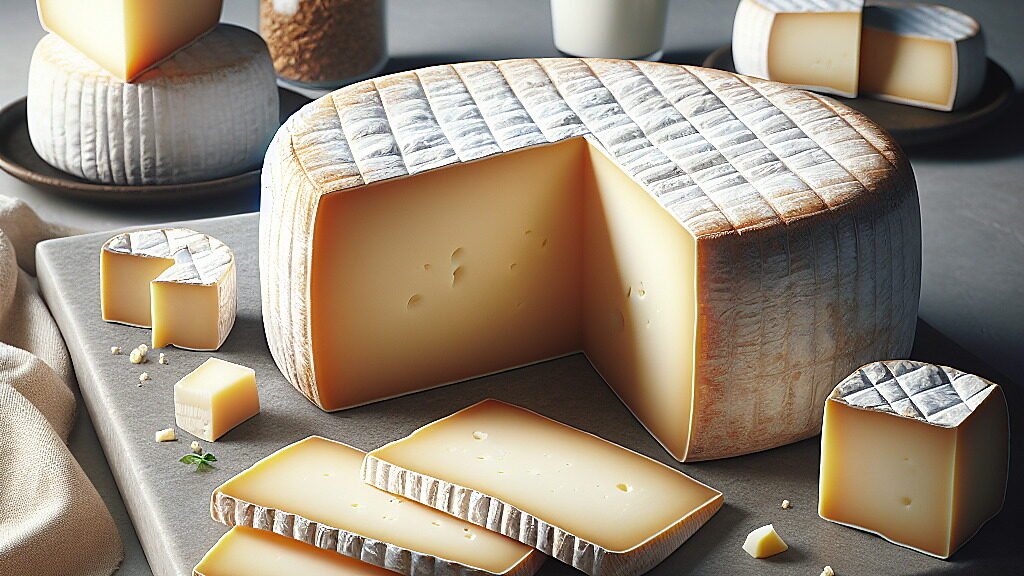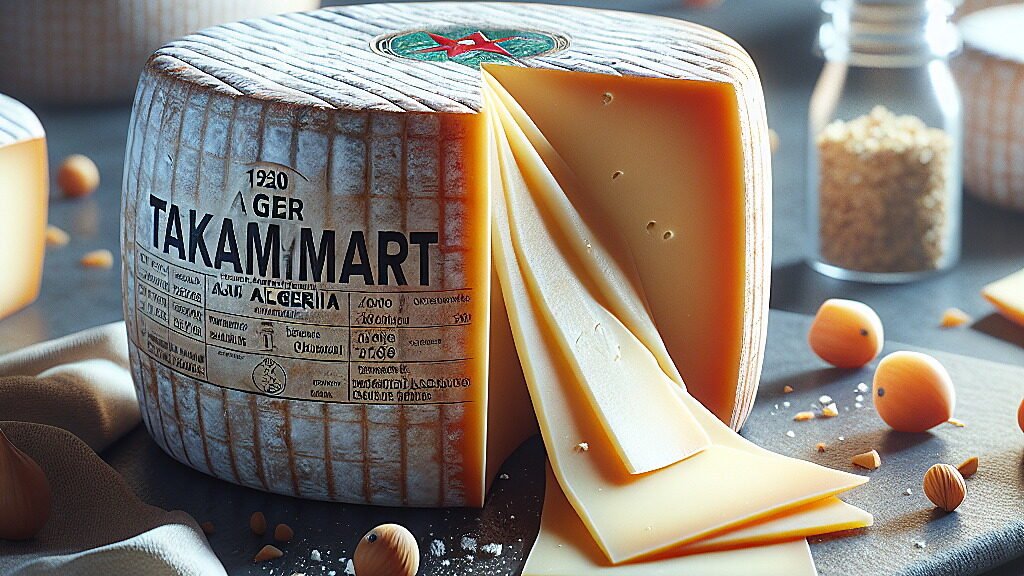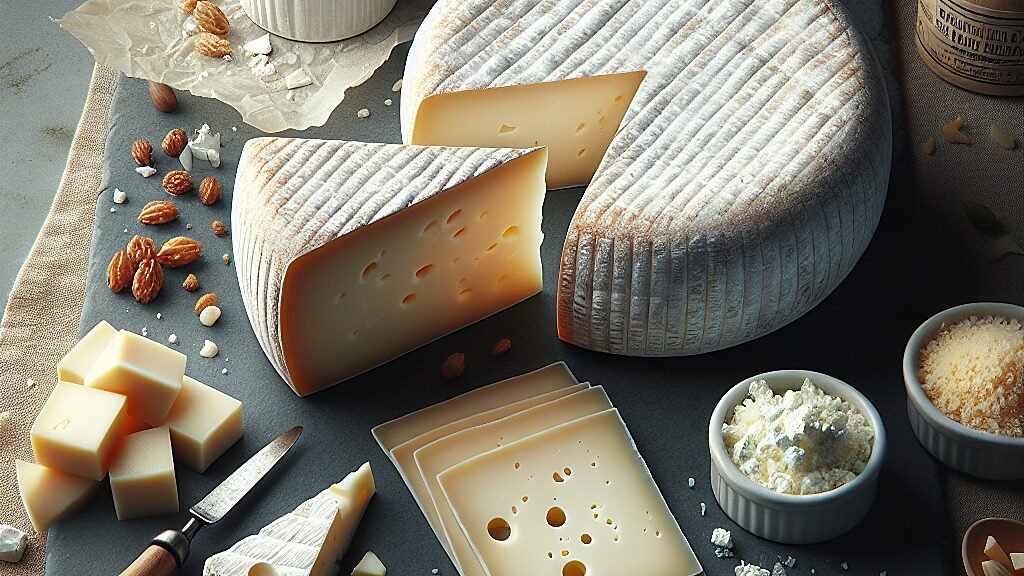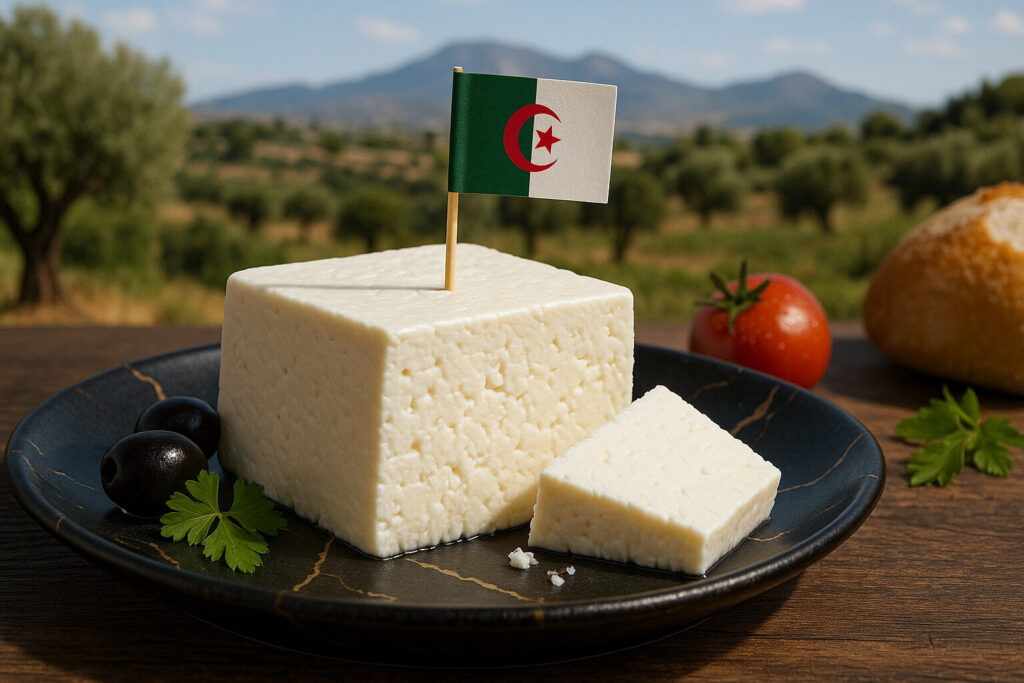Cheese Of Algeria
Algeria's Cheese Definition and Scope
Algerian cheese production centers on traditional methods using sheep, goat, and cow milk. These cheeses are integral to local diets and reflect the nation’s pastoral and agricultural practices. The scope includes fresh varieties like Jben and aged types such as Bouhezza.
Most Algerian cheeses are consumed domestically with limited international distribution. They are categorized by milk type, aging duration, and production technique. This classification helps distinguish regional specialties from industrial adaptations.
Algerian Cheese Production Techniques
Traditional Algerian cheese-making relies on natural fermentation and animal-skin containers called “chekoua”. Raw milk is coagulated using plant-based rennet from wild thistle or artichoke. The process emphasizes manual skill and environmental conditions.
Modern facilities have adopted pasteurization and stainless steel equipment while preserving traditional flavors. Aging occurs in earthenware pots or goat skins for several weeks. These methods create distinctive textures and preservation qualities.
Sensory Profile of Algerian Cheeses
Algerian fresh cheeses typically exhibit mild acidity and creamy consistency with subtle herbal notes. Jben presents a moist, crumbly texture and slightly tangy flavor. These characteristics stem from spontaneous fermentation and local microbial flora.
Aged varieties develop sharper, saltier profiles with firmer textures. Bouhezza acquires complex earthy tones through its skin-container maturation. The sensory spectrum ranges from delicate fresh cheeses to robust preserved types.
Usage and Culinary Applications
Algerian cheeses serve both as table cheeses and cooking ingredients in traditional dishes. They are commonly paired with flatbreads, olives, and seasonal vegetables. Fresh cheese often accompanies breakfast or appears in savory pastries.
In cooked preparations, melted cheese enhances dishes like chorba soup and various tagines. Aged cheeses are grated over couscous or incorporated into stuffings. Their functional properties vary from melting to crumbling based on moisture content.
Regional Examples and Variations
Northern coastal regions produce fresh Jben using cow milk, while mountainous areas specialize in goat milk varieties. The Aures mountains are known for Bouhezza, a fermented cheese stored in goat skins. Each region’s cheese reflects local livestock and climate conditions.
Urban centers have developed processed cheese adaptations to meet modern demand. Southern oases create date-accompanied cheese servings using camel milk. These geographical distinctions create a diverse national cheese landscape.

